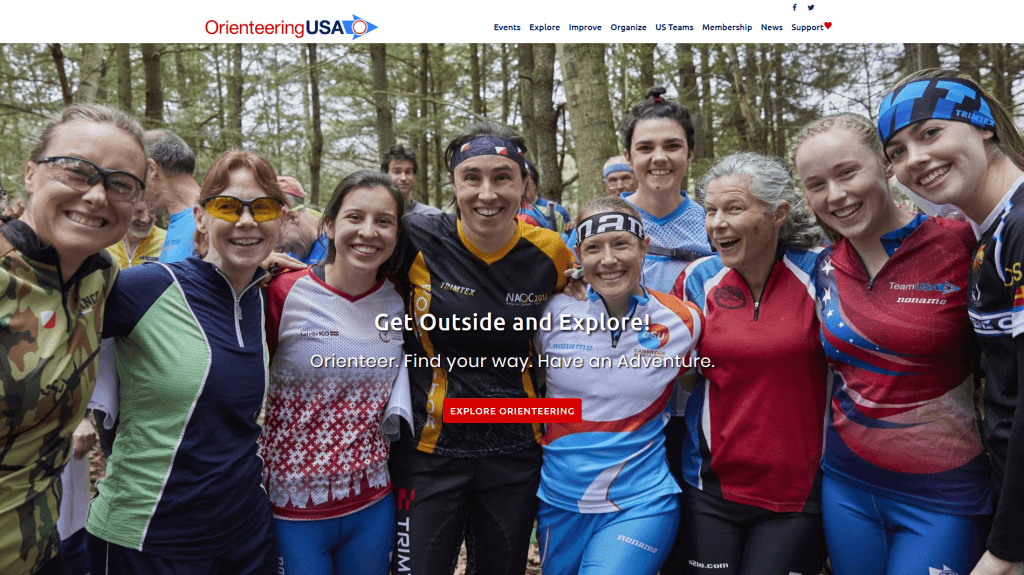It’s OUSA Club recharter time!
If you are an officer of an OUSA member club, keep reading!
Orienteering USA club charters run on a calendar-year basis and are now due for renewal. To renew for 2025, complete the renewal form and submit/return it with the required fees and documentation by March 31, 2025. If you fail to meet this deadline, your club will not be covered by the Orienteering USA liability insurance until your charter renewal is received. Please read all of the enclosed instructions.
Full Instructions and a Downloadable Form
Lists of Current OUSA members by club
Finally, you can access the On-line form.
If you need help or cannot renew on-line, Please contact: shawn.callahan@nullorienteeringusa.org

